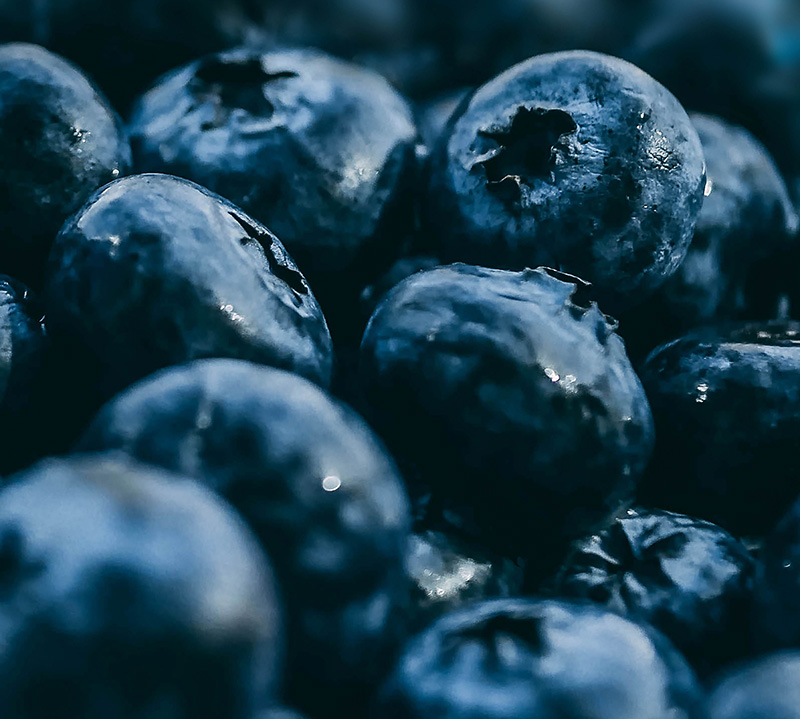
As people I talk to begin to rethink their food and nutrition paradigm, at some point along the way they begin a quest for foods that not only taste good (or great), bring a host of nutritional benefits, and offer additional healthy impacts on metabolic function, physical performance, and maybe even impact longevity.
One focus of this quest is often pursuing foods that pack a powerful antioxidant punch, given the multiple benefits that antioxidants have upon our human physiology. We’ve been conditioned over the past several decades to often think of certain fruits as possessing high levels of accessible antioxidants – and some certainly do.
We’re going to take a quick look today at the five fruits with the highest levels of accessible antioxidants, choosing to blatantly ignore today the fructose baggage that fruits drag along with them (we’ll come back and look at the downsides of fructose in detail shortly).
First, Let’s Talk About ORAC (Oxygen Radical Absorption Capacity)
ORAC is the acronym for Oxygen Radical Absorption Capacity, a nifty test designed back in the day to measure the collective antioxidant power of the various substance found together in a given food.
One of the better lay-audience-targeted explanations of the test I’ve ever read was in this article from a few years back, in particular this excerpt –
The theory is that you can’t really compute the antioxidant capacity of a food just by knowing the component parts, just as you can’t predict how great a band is going to sound just by knowing who’s in it. (You’ve got to hear them play together!) In much the same way, scientists at the USDA figured out that “teamwork” in antioxidants is a big factor, and that the synergistic impact of a bunch of antioxidants working together is bigger (or different) than the sum of the parts.
So they developed the ORAC test, which basically pits a nasty bunch of free radicals against the synergistic effect of the antioxidants found in a given food. ORAC measures how powerful the natural combination of antioxidants in a given food are by seeing just how well they do in “absorbing” (or incapacitating) a particular free radical.
So far so good. Free radicals are the “bad guys,” antioxidants are the “good guys,” ORAC is a measure of how well the good guys do against the bad guys, and all is well with the world. Foods that consistently scored high on the ORAC ratings were blueberries, prunes, raisins, kale and beans. You could pretty much count on these foods being at the top of the rankings as regularly as Federer, Nadal and Djokovic in any given Grand Slam event.
Then the marketing people went to work…
The article goes on to explain why, back in 2012, the USDA Nutrient Data Laboratory removed their USDA ORAC Database for Selected Foods, citing principally the overt misuse of data by food and dietary supplement in product promotion.
Count me among those who consider that to be damn shame, as it can be useful to peruse the ORAC data when contemplating food choices.
Superfoodly still maintains a fairly active ORAC database / list; it’s available here for your perusal.
The Top Five Fruits with the Highest ORAC Scores
Elderberries (14,697)
Wild blueberries (9,621)
Cranberries (9,090)
Blackberries (5,905)
Goji berries (4,310)
Ranked by published ORAC scores, the top five probably aren’t a huge surprise to those who’ve spent time reading and researching on their own in the antioxidant space, berries of various sorts have long been touted as antioxidant champions.
Elderberries aren’t necessarily the easiest to access commercially, though wild blueberries (and their cultivated kin), cranberries, and blackberries are quite easy to procure, delicious, and when eaten in their native forms (avoid the dried and sweetened versions like the plague) in thoughtful moderation, can be a wonderful complement to your food plan.
We’ll come back in the next few weeks and look at how thoughtful fruit consumption fits into a Primal food plan, as well as if and how fruit might play for those of you taking on a run of nutritional ketosis.


